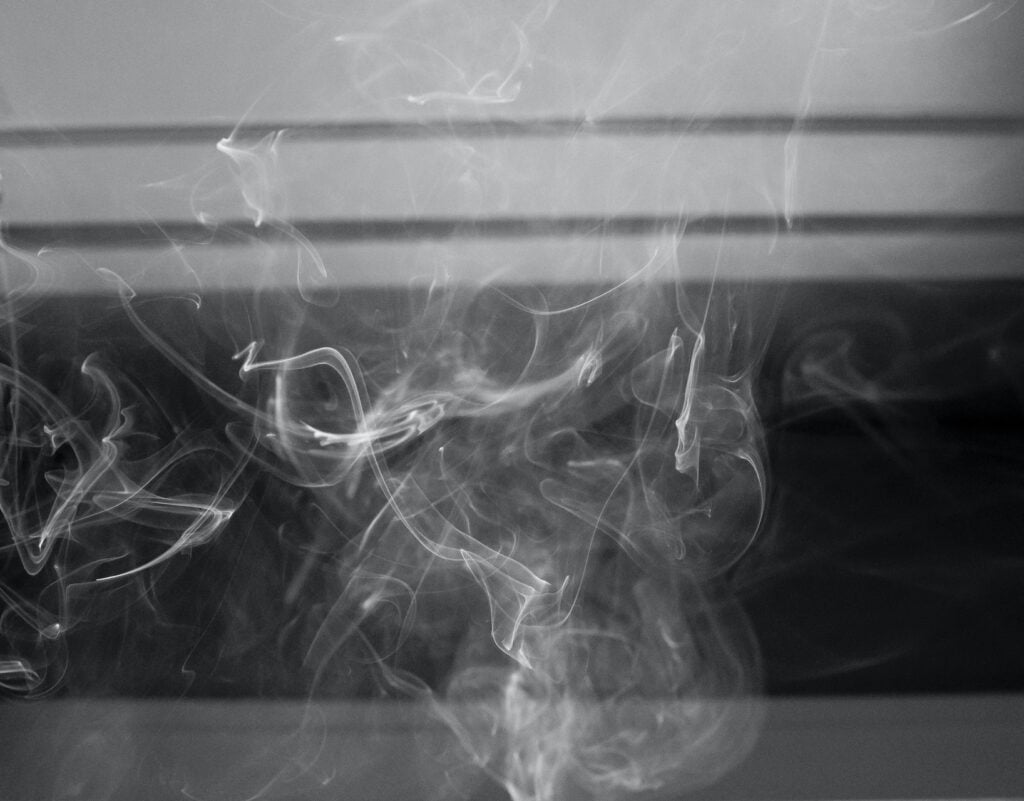Do you know what a steam trap is? If not, you could be costing your business a lot of money. This little-known device is used to regulate the flow of steam in a piping system, and if it’s not working correctly, your entire operation can grind to a halt.
But why should you care? If your business depends on steam for power or heating, a faulty trap can cause many problems. We’re talking about everything from decreased efficiency and higher energy costs to complete shutdowns and product damage.
So how do you know if your traps are working correctly? And more importantly, how do you fix them if they’re not? Read on to find out.
What is a Steam Trap and What Does It Do?
A steam trap is a valve that automatically drains the condensate from a steam heating system while retaining the live steam. For a steam trap to function properly, it must be sized correctly and installed in the proper location.
The three main types of steam traps are float traps, thermostatic traps, and thermostatic traps with an added float. Each type of steam trap has its benefits and drawbacks, so choosing the right type for each application is essential.
Float traps are the most common type of steam trap and are well-suited for applications with a large volume of condensate. Thermostatic traps are more expensive than float traps but are more accurate in operation. Thermostatic traps with an added float are the most costly option, but they provide the best performance and reliability.
How Do You Know If Your Stream Traps Are Working Properly?
You can do a few things to check whether your stream traps are working correctly.
Look at the Size of the Trap
The size of the trap is one indicator of whether or not it is working correctly. A trap that is too small will not be able to catch all the debris in the water, while a trap that is too large will be more difficult to clean. The size of the trap should be just right to be effective.
Check the Condition of the Trap
The condition of the trap is also essential. A trap that is old or damaged may not be able to catch and hold debris properly. Inspect the condition of your stream trap regularly to make sure it is still in good working condition.
Check the Level of the Water in the Trap
The level of water in the trap should be checked regularly as well. If the water level gets too low, it can cause the trap to become less effective. Keep an eye on the water level and top off as needed.
Make Sure There Are No Gaps or Holes in the Trap
Finally, ensuring no gaps or holes in your stream trap is vital. If there are, it could allow debris and contaminants to enter the water supply. Inspect your stream trap regularly for gaps or holes and repair them as needed.
How Do You Fix a Faulty Steam Trap?
If your stream trap is not working correctly, there are a few things you can do to fix it.
Clear Out Debris Blocking the Trap
The most common cause of poor steam trap performance is blockage of the trap by debris. It is essential to clear out any debris blocking the trap to restore proper function. One way to do this is to use a compressed air blowgun with the tip inserted into the trap’s inlet. Another way to clear out debris is to use an electric steamer with the tip inserted into the trap’s inlet.
Make Sure Water Level in the Trap is Not High or Too Low
If the water level in the trap is too high, it can cause waterlogging and reduced performance. If the water level in the trap is too low, it can cause a dry fire and damage the trap’s internal components. It is essential to check the water level in the trap and adjust as necessary to maintain proper function.
Repair Any Gaps or Holes in the Trap
Leaks can occur in steam traps due to gaps or holes. It is essential to repair any gaps or holes to prevent further leakages. One way to do this is by using a welding torch to seal any gaps or holes. Another way to do this is by using epoxy resin or another sealant material.
Replace Damaged Parts of the Trap
If parts of the trap are damaged, it can cause reduced performance or complete failure. It is vital to replace damaged parts to restore proper function. One way to do this is by ordering replacement parts from the manufacturer. Another way to do this is by separating the trap and repairing or replacing the damaged parts.
The Benefits of Having Properly Functioning Traps
Properly functioning steam traps can have many benefits for your piping system.
Contaminants and Non-Condensable Gases
One of the primary functions of a steam trap is to remove contaminants and non-condensable gases from a steam system. Contaminants can include everything from dirt and rust to scale and organic matter.
Non-condensable gases are typically air and carbon dioxide trapped in the system during operation. These contaminants can wreak havoc on your system if left unchecked, causing costly damage and downtime.
Properly functioning steam traps help remove these contaminants from your system, keeping it running smoothly and preventing expensive repairs. In addition, removing these contaminants can also help improve the overall efficiency of your system by ensuring that only pure steam is being used.
Prevent Damage to Equipment
Another essential function of steam traps is to prevent damage to equipment. When condensate builds up in a system, it can cause corrosion and pitting, leading to leaks and eventual failure. In addition, if condensate is allowed to build up on heat exchangers, it can cause fouling and decreased heat transfer efficiency.
By removing condensate from the system promptly, steam traps can help prevent this type of damage and decrease downtime due to repairs.
Improved Performance and Longevity
In addition to preventing costly damage, properly functioning steam traps can also improve the performance of your system. Systems that are free of contaminants tend to run more smoothly and efficiently. In addition, by removing condensate from heat exchangers, you can improve their heat transfer efficiency, improving overall system performance.
Lastly, well-maintained systems tend to have a longer lifespan than those not correctly maintained. By investing in steam trap monitoring solutions, you can extend the life of your system and avoid costly replacement costs down the road.
Conclusion
Steam traps play a vital role in maintaining steam systems. They remove condensate from the system while preventing the loss of live steam. They must be sized correctly for the application and installed in the correct location to function properly.
There are many types of steam traps available on the market, each with its advantages and disadvantages. Choosing the right one for your application is essential to ensuring the efficiency of your steam system.








Leave a Comment
You must be logged in to post a comment.